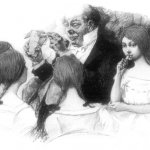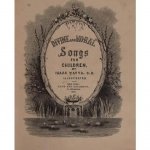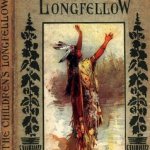Ten Boys and Girls From Dickens
Posted in Literature, Lower Elementary, Public Domain, Upper Elementary, Western Civilization on July 16, 2013

In this small volume there are presented as complete stories the boy-lives portrayed in the works of Charles Dickens. Charles Dickens was a loyal champion of all boys, and underlying his pen pictures of them was an earnest desire to remedy evils which he had found existing in London and its suburbs. And so he Read More »
Hansel and Grethel: And Other Stories
Posted in Literature, Lower Elementary, Public Domain, Upper Elementary on May 23, 2013
We grew up hearing about Hansel & Grethel, The Bremen Town Musicians, and The Frog Prince. Read these classics, plus 27 more tales written by the Grimm brothers. Download Hansel & Grethel and Other Stories from archive.org.
Camping on the St. Lawrence
Posted in American History, Literature, Middle School, Public Domain, Upper Elementary on May 20, 2013
In this story I have endeavored to take my young readers to one of our noblest rivers, and not only to make them share in the stirring experiences which are to be had on its waters, but also to make them feel something of the power of the wonderful history of those who first looked Read More »
Divine and Moral Songs for Children
Posted in Bible, Free Use, Literature, Public Domain on March 20, 2013

The book title says songs, but these are more like divine and moral poems (verses?) for children. Written by Isaac Watts, the titles of the songs include: Be to others kind and true Hosanna to the Prince of Grace This is the day when Christ arose These would be perfect for copywork or little verses Read More »
The Children’s Longfellow
Posted in Literature, Lower Elementary, Middle School, Public Domain, Reading, Upper Elementary on March 7, 2013

For children who don’t quite understand epic poetry yet, here is a book that narrates eleven of Longfellow’s poems into a story form. This would work well during a poet-study. It could be used alongside A Day With Longfellow. You could read the poem first and then compare it to the style of the story. Read More »






